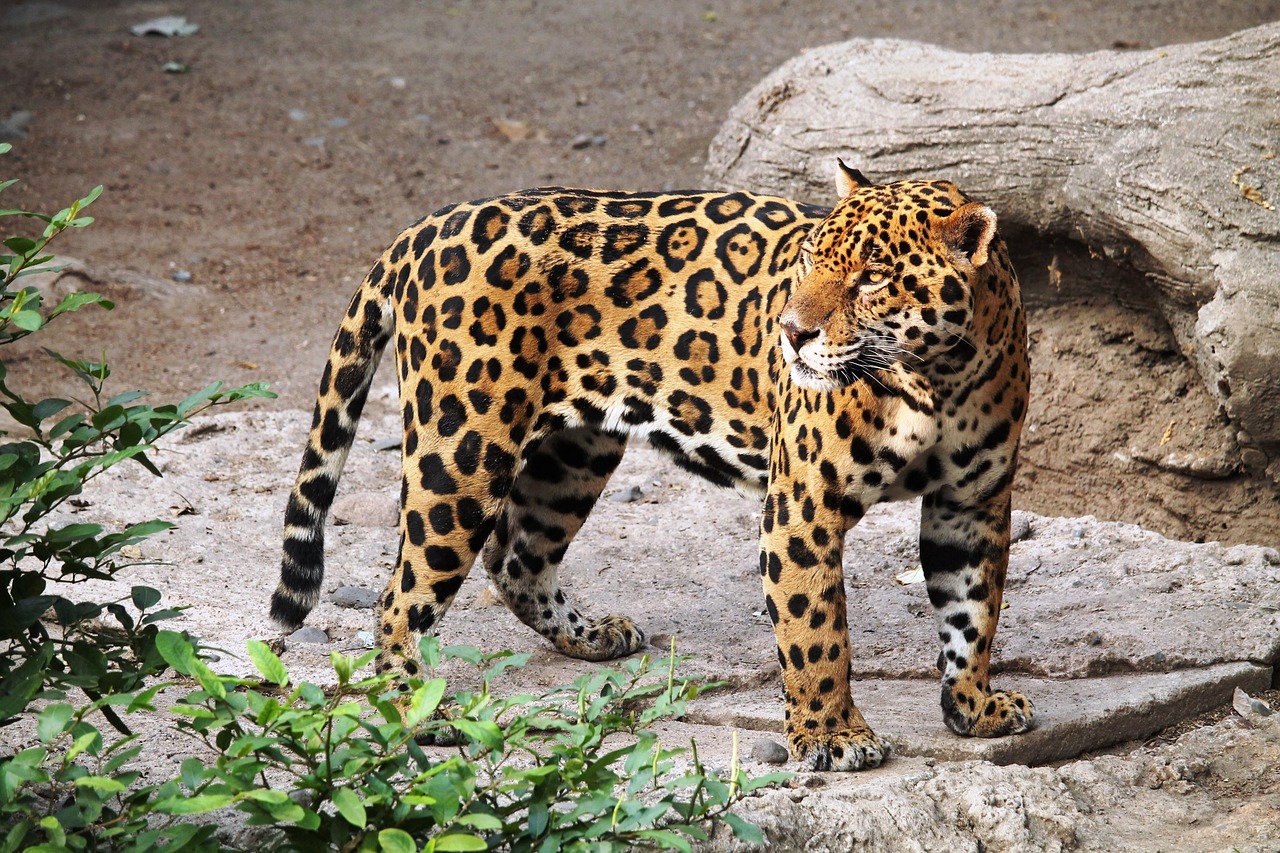The Diet of Jaguars: What These Big Cats Truly Eat
Understanding the Jaguar’s Predatory Nature
Jaguars (Panthera onca) are the largest cats in the Americas and are known for their powerful build, distinct coat patterns, and a solitary lifestyle. As apex predators, their diet is crucial to understanding their role in the ecosystem. Unlike most felines, jaguars are unique in their hunting technique; they have a strong bite that allows them to pierce through the shells of turtles and the skulls of other prey, often leading to a varied diet.
Geographic Distribution and Habitat
The jaguar is primarily found in the tropical rainforests, savannas, and swamps of Central and South America. Their range extends from the southern United States down to Argentina. These habitats offer a wealth of biodiversity, giving jaguars access to various prey species. Their preferred habitat is dense, tropical rainforest, which provides ample cover for stalking and ambushing potential meals.
Hunting Techniques
Jaguars employ several hunting techniques, which are honed by their environment and prey availability. They are nocturnal hunters, which gives them an advantage when stalking prey. They often rely on ambush tactics, using the dense foliage of their habitats to conceal themselves until they can launch a surprise attack. Their powerful legs enable them to leap over obstacles, while their keen sense of sight helps them spot potential meals from a distance.
Primary Prey: Mammals
The diet of jaguars consists primarily of mammals, and they have a remarkable ability to adapt their hunting strategies depending on the prey available. Commonly hunted mammals include:
- Capybaras: As the world’s largest rodent, capybaras are a significant food source for jaguars due to their size and abundance in wetlands.
- Peccaries: These pig-like animals are often found in herds, making them easy targets for jaguars. They are a favorite due to their high protein content.
- Deer: Various species of deer, including the red brocket deer, are regularly hunted. Jaguars tend to stalk them quietly and can take them down using a precise bite to the back of the neck.
The Role of Reptiles and Birds
Aside from mammals, jaguars also incorporate reptiles, especially while they inhabit areas near rivers and wetlands:
- Turtles: Jaguars are renowned for their ability to crack open turtle shells using their powerful jaws. This unique ability provides them with a protein-rich meal.
- Caiman: These reptiles are often sought after, especially during times when other prey might be scarce. Jaguars can often be seen catching them from the water.
- Birds: While not their primary food source, jaguars will hunt ground-dwelling birds. They will also take advantage of nests if they’re within reach.
The Importance of Fish
Interestingly, jaguars are also adept at catching fish. In some regions, such as the Pantanal wetlands, fish become a more significant part of their diet, especially during floods. Their technique involves wading into the water and swiping at fish with their powerful paws.
Opportunistic Feeding Habits
Jaguars are opportunistic feeders, meaning they will adapt their diet based on availability. Their eclectic diet allows them to survive in diverse environments and fluctuating prey populations. When primary prey is scarce, they will switch to smaller mammals or even carrion if necessary. This adaptability can often mean the difference between survival and starvation in harsh conditions.
Territorial Behavior and Feeding
Feeding habits in jaguars are closely tied to their territorial nature. Jaguars are solitary animals, and each individual maintains a territory that can span up to 50 square miles. They mark their territory using scent markings, which help reduce conflicts over food availability. When food resources are plentiful, densities of jaguar populations can increase in smaller areas, but they typically require large territories to sustain themselves.
Seasonal Variations in Diet
The jaguar’s diet can also vary seasonally based on environmental factors. During the rains, certain prey like capybaras and deer become easier to hunt due to their movement patterns and decreased access to cover. Conversely, in the dry season, hunting becomes more challenging as resources become stretched, leading jaguars to alter their hunting strategies.
Human Interaction and Dietary Changes
Human encroachment on jaguar habitats has significant implications for their diet. Deforestation and habitat fragmentation often reduce the availability of natural prey, pushing jaguars to adapt to hunting livestock or venturing into human-populated areas in search of food. This behavior frequently leads to human-wildlife conflicts, which pose threats to both jaguar populations and local livestock.
Conservation Impacts
Understanding the diet of jaguars is crucial for conservation efforts. Protecting their natural habitats ensures that these big cats have access to a varied and abundant food supply. Implementing protected areas can help maintain both the ecological balance and the prey species that are vital for jaguar survival. Conservationists emphasize creating wildlife corridors to connect fragmented habitats, allowing jaguars to migrate freely and hunt effectively.
Conclusion
In summary, the diet of jaguars is rich and varied, adapting to both their environment and prey availability. They showcase remarkable hunting prowess, generating a largely carnivorous diet that includes mammals, reptiles, fish, and the occasional bird. Understanding the dietary preferences and habits of jaguars is essential for their conservation, ensuring that these magnificent creatures continue to roam their natural habitats for generations to come. By advocating for ecological preservation and responsible land-use practices, the future of jaguar populations can remain hopeful.







